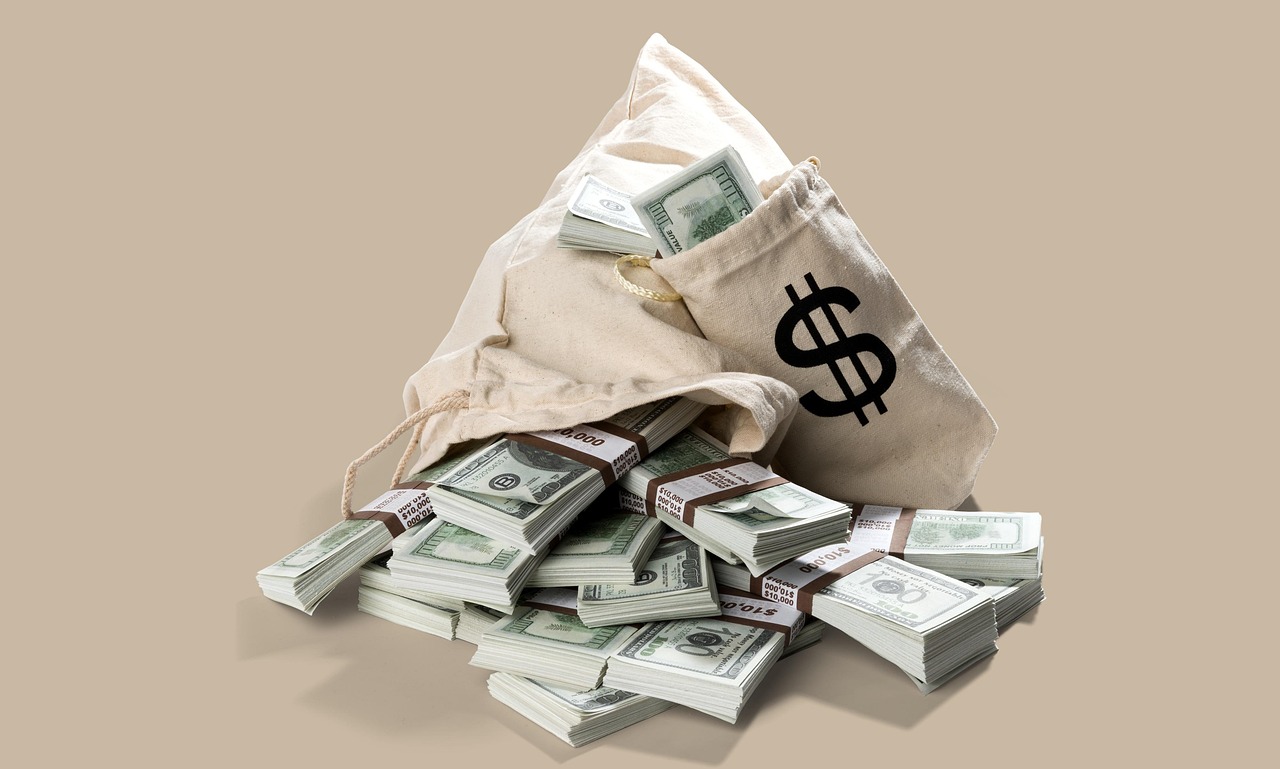
Economic Outlook After Tariff Announcements
The American economy is exhibiting remarkable resilience despite the potential turmoil introduced by President Donald Trump’s recent tariff policies. Initially, when the “Liberation Day” tariffs were announced on April 2, 2025, many anticipated a swift downturn. Stock prices plummeted, and economic forecasters warned of an impending recession. However, just three months later, the landscape looks decidedly more optimistic. Current data indicates that consumer prices remain stable, with no significant increases observed in retail environments, and unemployment rates have held steady. The S&P 500 index has rebounded impressively, reaching all-time highs once again. This dynamic shift in sentiment can be attributed to a 90-day pause in many tariffs announced shortly after the initial rollout, a strategic move to calm market jitters.
Market Reaction and Economic Stability
The response of the markets has been telling. Following the announcement of the tariffs, the S&P 500 index experienced a sharp decline, but it has since recovered, illustrating the market’s ability to adapt to new information and navigate uncertainties. As of July 2025, the index is back at its peak, signaling investor confidence in the broader economy. This is particularly noteworthy given that the index had been trading at a record high prior to the tariffs, showcasing a remarkable rebound under challenging conditions. Fund managers highlight that the stabilization of key economic indicators plays a crucial role in sustaining this positive outlook. For instance, the unemployment rate remains flat at approximately 3.7%, which is well below historical averages. This indicates a robust labor market, providing consumers with spending power and confidence.
The Role of Tariff Pauses
The temporary suspension of tariffs has proven to be a pivotal factor in mitigating immediate economic fallout. By allowing a brief reprieve before the tariffs take full effect, the administration has given businesses time to adjust their strategies, manage supply chains, and reassess pricing models. This pause has effectively reduced panic and allowed for a more measured approach to the potential impacts of increased tariffs. Industry experts have noted that such strategic pauses can lead to more sustainable economic adjustments. For example, company executives have expressed relief at the opportunity to recalibrate their operations without the immediate pressure of elevated costs, which could have led to inflated consumer prices and reduced demand.

Consumer Confidence and Spending
Consumer confidence plays a significant role in economic recovery, and recent indicators suggest that Americans remain optimistic. Surveys show that consumer sentiment is holding steady, with many individuals feeling secure in their job prospects and financial situations. This confidence is reflected in consumer spending, which accounts for approximately 70% of the U. S. economy. According to recent reports, retail sales have remained stable, with year-over – year growth of 4.5%.
This resilience in consumer behavior underscores the underlying strength of the economy, even in the face of tariff-related uncertainties.
Conclusion on Economic Resilience
In conclusion, while the initial reactions to President Trump’s tariff announcements suggested a looming economic crisis, the subsequent recovery indicates a more complex and resilient economic landscape. The combination of stable unemployment, a recovering stock market, and sustained consumer confidence suggests that the American economy is not only dodging disaster but is also adapting to new challenges. As the administration navigates ongoing trade negotiations and potential tariff reinstatements, the continued focus on economic stability will be essential for maintaining this positive trajectory.
